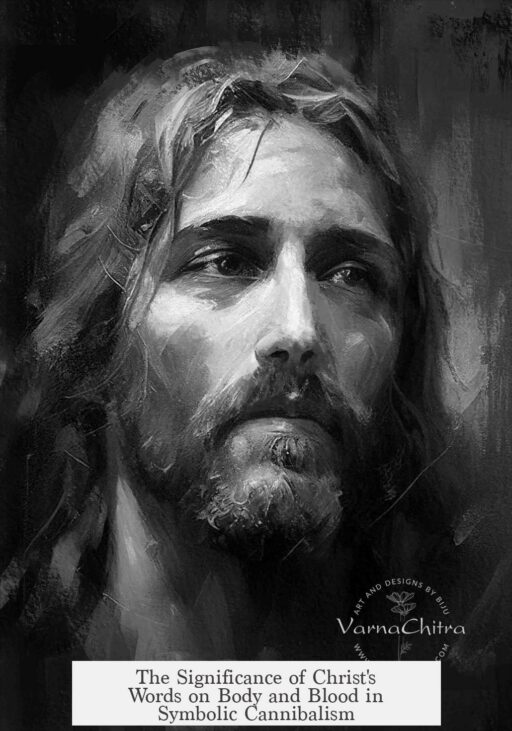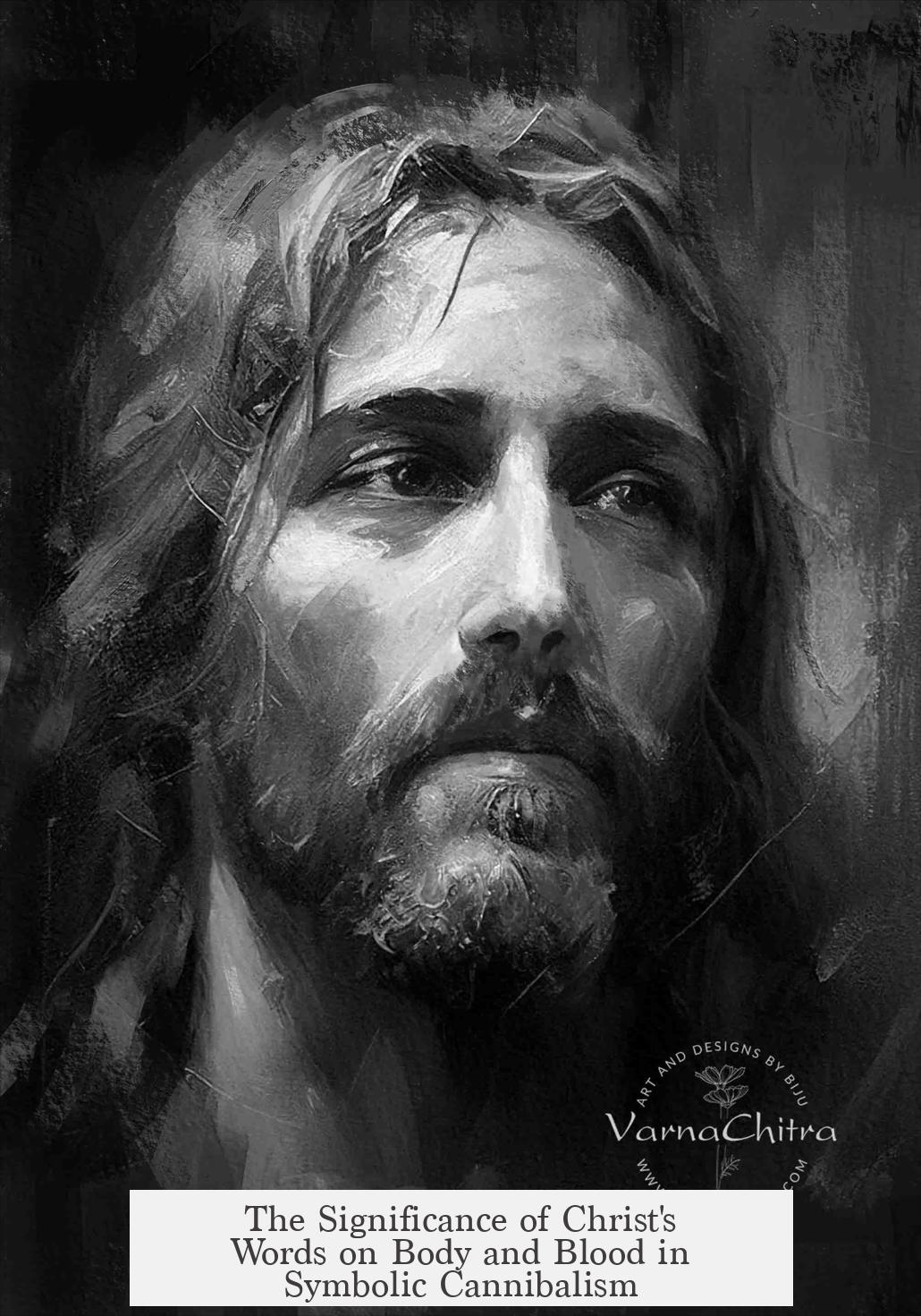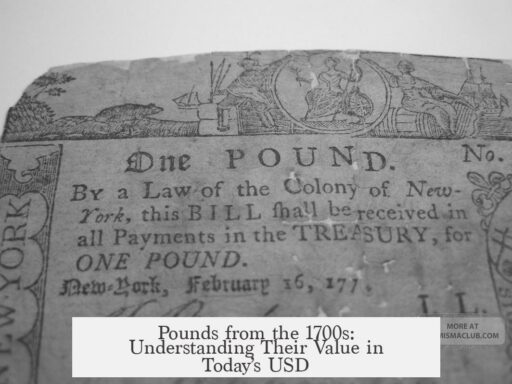When Christ said, “Eat this, for it is my body,” and “Drink this, for it is my blood,” he used symbolic language to communicate profound spiritual truths rooted in Jewish tradition and covenant theology. This statement connects deeply with the Passover celebration and the meaning of sacrifice in ancient Israel. It signified a new covenant through his sacrifice, replacing the old sacrificial system with his offering as the ultimate means of salvation.
In the Jewish tradition, the Passover commemorated the Exodus, when the Israelites marked their doorposts with lamb’s blood so the Lord would pass over their homes, sparing them from death (Exodus 12:7,12-13). The lamb’s blood symbolized protection and salvation from divine judgment. By identifying himself as the “body” and his blood as the “covenant blood,” Jesus positioned himself as the new Passover Lamb. His death would serve as the ultimate sacrifice, delivering believers from the penalty of sin as the lamb’s blood had spared Israel in Egypt.
The Lord’s Supper, instituted during the Last Supper, involved Jesus taking bread and wine and attributing to them his body and blood, which established a new covenant with his followers (Matthew 26:26-28; Luke 22:19-20). The bread represented Jesus’ body given for humanity, while the wine represented his blood, poured out for the forgiveness of sins. This symbolic act invited his disciples to remember his sacrifice and partake in the spiritual benefits it secured.
This symbolism also carried theological weight regarding atonement. The Mosaic law required animal sacrifices to atone for sin, but these were temporary and insufficient (Hebrews 10:4). Jesus’ sacrifice was once and for all, perfecting those who believe in him and ending the need for the temple sacrificial system (Hebrews 10:12-14). Early Christians, many of whom were Jewish, understood that belief in Christ’s death replaced the rituals tied to animal sacrifice with a spiritual communion under the new covenant.
In John 6, Jesus deepens the symbolism by describing himself as the “bread of life” and insisting that believers must “eat his flesh” and “drink his blood” to have eternal life (John 6:35,51,53-54). This language signified the necessity of participating in his sacrificial life for spiritual nourishment and eternal union with God. The metaphor stressed ongoing reliance and intimate connection with Christ. By “eating” and “drinking,” believers symbolically receive Christ’s life into themselves, abiding in him continually (John 6:56).
The idea of symbolic cannibalism was radical at the time. Jewish law absolutely forbade consuming blood or human flesh. Jesus’ words overturned conventional religious ideas and challenged his followers to embrace a new reality. This symbolism was not literal cannibalism but a powerful representation of internalizing Christ’s sacrifice and covenant benefits. It fostered a profound spiritual relationship rather than a physical act of flesh-eating.
- Symbolism means using physical elements to represent deeper spiritual truths.
- Jesus linked his body and blood to the Passover lamb’s sacrifice, signifying salvation through his death.
- The bread and wine of the Lord’s Supper symbolize his body and blood, establishing a new covenant.
- Jesus’ sacrifice superseded temple sacrifices by providing a permanent atonement for sin.
- “Eating” and “drinking” Jesus’ body and blood in John 6 illustrate the necessity of spiritual union with him.
- This symbol challenged Jewish purity laws but invited believers into a new spiritual life.
In summary, Christ’s statement about eating his body and drinking his blood was deeply symbolic. It redefined sacrifice, covenant, and communion in light of his impending death. This message resonated with Jewish traditions of Passover and atonement. At the time, it marked a shift from old rituals toward a new, spiritual reality accessible through faith in Christ’s saving work.




